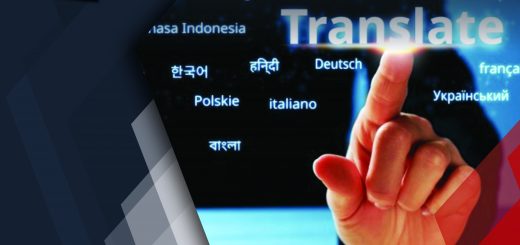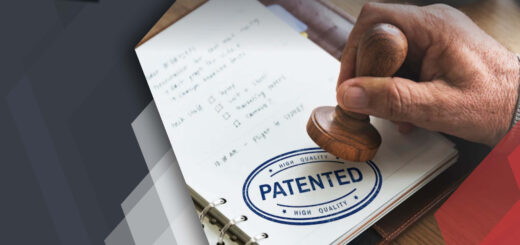Navigating Patent Term Adjustment: Exploring Delay Categories, Calculation, and Best Practices
In the dynamic realm of patent law, the timely submission and progression of patent applications stand as pivotal steps for inventors and assignees. However, delays in the prosecution process by the U.S. Patent and Trademark Office (PTO) can impede the issuance of patents, leading to potential setbacks for stakeholders such as missed market opportunities, increased competition, and potential loss of revenue for stakeholders. To address this issue, the U.S. Congress introduced the Patent Term Adjustment (PTA) in 1999, which extends the patent life to recoup delays caused during the examination of a patent by the U.S. Patent and Trademark Office (PTO).
This article aims to provide a comprehensive understanding of PTA, the various delay categories, terminal disclaimers, and the intricacies involved in PTA calculations.
Table of Contents
Overview of Patent Term Adjustment
PTA serves as a compensatory measure for patent applicants, providing additional time to establish a market presence. For all US patent applications, the patent’s lifespan is 20 years from the earliest filing date. According to 35 U.S.C. 154(b), a patent’s expiration can be extended by a certain number of days, accounting for delays during application prosecution by the PTO. These cumulative delays, termed Patent Term Adjustments, act as compensation for the time-consuming processes in obtaining patent approval. They play a vital role in providing extra longevity to the patent, acknowledging, and mitigating the impact of procedural delays caused by the USPTO, thus affording applicants the necessary time to navigate the complexities of the patent prosecution journey.

Calculation of Patent Term Adjustment
PTA is calculated as the number of days by which the USPTO examination delays exceeded applicant delays during prosecution. The formula for calculating PTA is:
PTA = (Days of PTO delay) – (Days of Applicant Delay)
The PTA days further break down into A-delay, B-delay, C-delay, Applicant delay, and Overlap Delay. PTA calculation is critical for patent applicants, as it determines the number of days their patent’s life will be extended.
Days of PTA = A-delay + B-delay + C-delay – Applicant delays – Overlap Delay
Categories of Delays
There are five categories of delays considered when calculating PTA:
A-delay 35 USC 154(b)(1)(A): A-delay Caused by USPTO
A delay is caused by the PTO (Examiner and Issuing Office) during patent prosecution. This is easily remembered as the 14 – 4 – 4 – 4 (fourteen triple four) rules, which means USPTO will have to issue First Office Action within 14 months of the application filing date, and PTO (Examiner) should respond within 4 months of the Applicant’s response date.
Here are the scenarios that we will consider as A-delay:
- If the USPTO does not issue the Office Action or Notice of Allowance within 14 months from the filing date of the patent application.
- If the USPTO does not issue the office action within the 4 months of the response to the earlier office action.
- If the USPTO does not respond to a Patent Trial and Appeal Board (PTAB) decision after 4 months of Appeal Decision.
- If the USPTO does not issue a patent within 4 months after the payment of the issue fee.
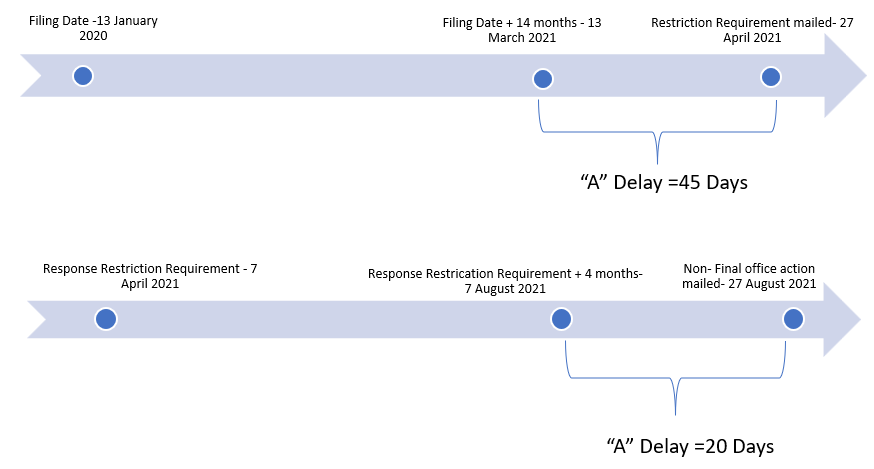
Figure 1. A-Delay
B-delay 35 USC 154(b)(1)(B): Not More than 3-Year from Application Filing
The normal prosecution period of the Patent application is 3 years, i.e., between the date of filing the application and the patent issuance.
If the USPTO fails to grant a patent application within 3 years after the actual filing date, and there is no request for continued examination filed during this period, the delays will determine as B-delay. If a Request for Continued Examination (RCE) is being filed after the 3 years period, the delay will be restricted to the filing date of the RCE.
B-delay does not include the time taken by the Applicant:
- Request for Continued Examination
- Appeal, Interference, and secrecy orders
- The delay caused by the Applicant
B delay = Date of grant of Patent – (Filing date of application + 3 years)
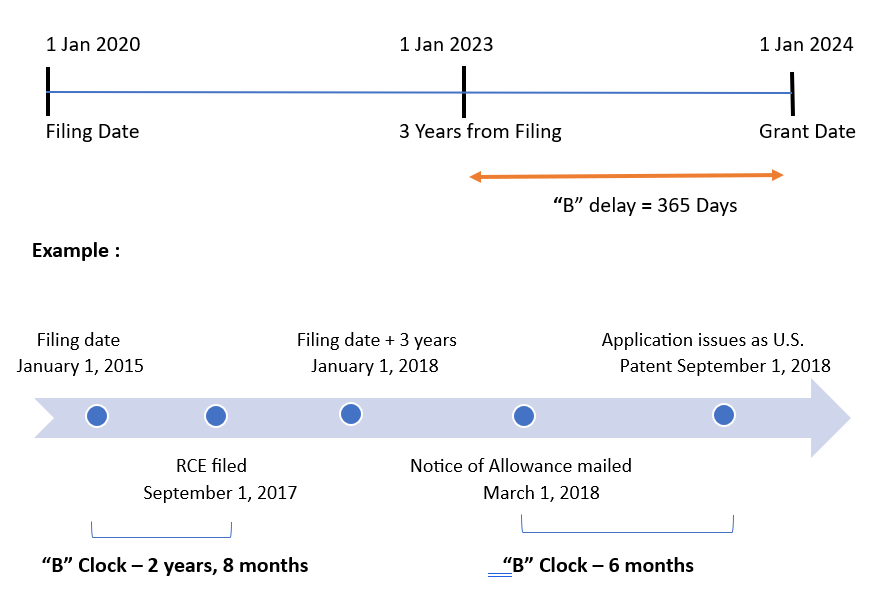
Figure 2. B-Delay
“B”- delay – 2 months
As an example given above, we calculate the B clock from the filing date until the RCE filed date and from the Notice of Allowance until the issuance of the patent. In this scenario, we will not consider the time taken from RCE filed until the Notice of Allowance is received.
C-delay: 35 U.S.C. 154 (b)(1)(C) = Derivation Proceedings, Secrecy Orders, and Appeals
Any delays caused by PTAB appeals, interferences, or secrecy orders will be considered as C-delay.

Figure 3. C-Delay
Overlapping Delays
If there is any overlap between two or more delays, it will provide the benefit of delay only once. So that one will not get the double benefit for the same duration. To avoid receiving a double benefit for the same duration, overlap delays should be deducted from the given delays. This deduction applies to Type “A,” Type “B,” and Type “C” delays, reducing the calculated number of days. The purpose of this rule is to prevent the counting of overlapping delays in A-Delay and B-Delay twice.
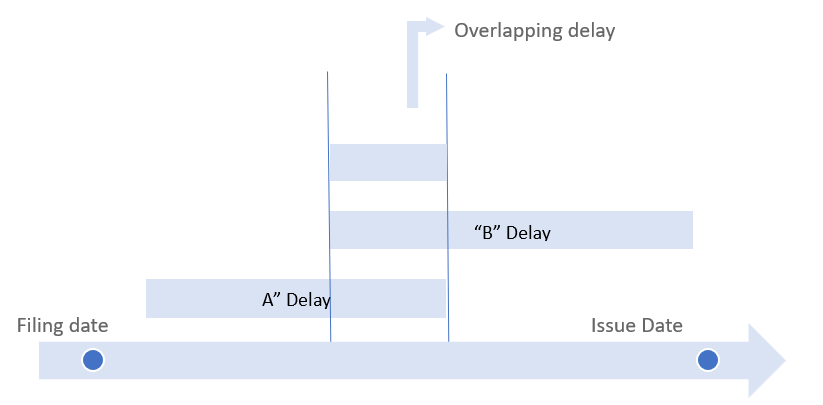
Figure 4. Overlapping Delay
Applicant Delay
Applicant-induced delays encompass various scenarios, including non-responsiveness to Office Action, omissions resulting in waiting periods, delays arising from IDS filing, post-allowance amendments, and the failure to promptly pay issue fees. Consider the following situations as Applicant Delay:
- Failure to respond to the Office Action within 3 months from mailing date.
- Omitting information in the application, leading to a waiting period.
- Filing an IDS after the Notice of Allowance or after responding to the Office Action.
- Post Allowance amendments.
- Failure to pay the issue fees within 3 months from the mailing date of Notice of Allowance.
- Not filing a petition to withdraw abandonment or revive an application within two months from issuance of a notice of abandonment from USPTO.
- Submitting supplemental replies or “other papers” when not required by the Examiner.
- Submitting a preliminary amendment or other preliminary paper less than one month before the issuance of an Office Action or Notice of Allowance, requiring a supplemental action.
- Filing a Request for Continued Examination.
PTA can never be negative; in such cases, no PTA will be given To obtain the PTA, the Calculation must always be positive (PTA>=0).

Figure 5: Applicant Delay
Impact of Terminal Disclaimer
To address the challenge of double patenting rejection, applicants may choose to submit a terminal disclaimer. Double patenting refers to the issuance of two patents for a single invention to the same proprietor in the same country.
Suppose an applicant files the initial patent application on date XYZ and subsequently submits a second application for the same invention on date ABC. The second application deems a double patent, and it will not extend the patent term for this subsequent filing.
Filing a terminal disclaimer is a strategic response to overcome a patenting rejection in case of double patenting. Essentially, a terminal disclaimer dictates that the later patent will expire concurrently with the previously issued patent. Therefore, it is crucial to check for the filing of a terminal disclaimer during office action to calculate the expiry date of a patent.
Terminal Disclaimer states that the Expiry date of disclaimed patent will not extend beyond the prior patent. PTA cannot extend the term of the prior patent.
For Example: Patent A is filed on January 1, 2010, and Patent B is filed on January 1, 2011. Terminal Disclaimer filed in Patent B which is terminally disclaimed by patent A. PTA for Patent A is 730 days and Patent B is 750 days.
| Patent A | Patent B | |
| PTA | 730 | 750 |
| Effective PTA | 730 | 365 |
| Expiry date | January 1, 2032 | January 1, 2032 |
The expiry date for Patent B is January 1, 2032. It cannot extend beyond the expiry date of Patent A, and hence the expiry date for Patent B will be equal to the expiry date of Patent A. This indicates that Patent B will have an effective PTA of 365 days only.
Best Practices for Maximizing Patent Term Adjustment
- Timely Responses: File all requested responses on or before the three-month deadline to avoid unnecessary delays in the application process.
- Comprehensive and Compliant Replies: Avoid filing incomplete or non-compliant replies, ensuring that responses meet all requirements and are comprehensive in addressing examiner concerns.
- Minimize Supplemental Amendments: Refrain from submitting supplemental amendments or responses unless necessary, as these can contribute to delays in the application process.
- Early Information Disclosure: File your information disclosure statement before the receipt of the first office action to proactively manage the disclosure of relevant information.
- Careful Consideration of RCEs: Avoid Requesting Continued Examination (RCEs) whenever possible, as it halts the 3-year clock for PTA. Consider waiting to appeal final rejections to help preserve PTA.
- Strategic Amendments Post-Allowance: Avoid submitting amendments under Rule 312 after receiving a Notice of Allowance, as this action can impact the PTA calculation.
- Timely National Phase Applications: File your complete national phase applications promptly to ensure the early commencement of the application process and maximize potential PTA.
- Utilize QPIDS Program: Consider utilizing the Quick Path Information Disclosure Statement (QPIDS) program if you need to pay for an information disclosure statement after receiving a notice of allowance. This can streamline the process while adhering to PTA considerations.
By adhering to these best practices, applicants can actively contribute to reducing delays in the application process, ultimately maximizing their Patent Term Adjustment.
In a nutshell
In essence, PTA is a crucial provision in US patent law, allowing for the extension of a patent’s life beyond the standard 20-year term. A comprehensive understanding of the various delay categories leading to PTA and the calculation process is crucial for patent applicants. Additionally, its important to consider the impact of terminal disclaimers on PTA calculation. By grasping PTA and terminal disclaimers, applicants can ensure they receive the maximum extension for their patent. You can access PTA calculation through Public Pair, and the Issue Notification Document provides detailed information about it. If the applicant finds any discrepancies in the calculation, they can approach the patent office within 2 months (extendable to 5 months) after patent issuance for corrections.
We, at Sagacious IP, also offer a Patent Term Adjustment (PTA) service, providing a seamless and efficient solution to extend the lifespan of a U.S. patent. Tailored to address delays introduced by the U.S. Patent and Trademark Office (USPTO) during patent application prosecution, this service offers a strategic avenue for patentees. For further information, please visit our Patent Term Adjustment (PTA) service page. For further details, feel free to contact us at [email protected].
– Garima Sharma and Hitendra Jindal (IPMS) & the Editorial Team
Having Queries? Contact Us Now!
"*" indicates required fields

